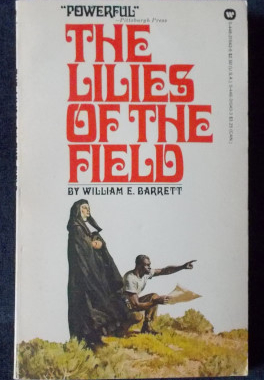- Sorry, this product is unavailable.
-

 Frances is sent from her small Welsh village and warm, loving family to Maidenhurst School for Girls for education and a little smoothing out of her tomboy edges. There she makes friends, unwittingly makes enemies, has plenty of adventures, gets into trouble and develops 'crushes' on teachers and older girls in the school. She also teaches some of her school mates the meaning of 'honour' and courage. Written in 1925, the word 'love' as used by Frances and other characters when referring to teachers or older girls simply means a wish to emulate or intense admiration, being a common expression of the time.
Frances is sent from her small Welsh village and warm, loving family to Maidenhurst School for Girls for education and a little smoothing out of her tomboy edges. There she makes friends, unwittingly makes enemies, has plenty of adventures, gets into trouble and develops 'crushes' on teachers and older girls in the school. She also teaches some of her school mates the meaning of 'honour' and courage. Written in 1925, the word 'love' as used by Frances and other characters when referring to teachers or older girls simply means a wish to emulate or intense admiration, being a common expression of the time. -
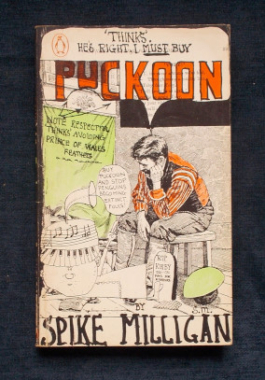
Puckoon: Spike Milligan
$12.00Spike Milligan's classic slapstick noel. n 1924 the Boundary Commission is tasked with creating the new official division between Northern Ireland and the Irish Republic. Through incompetence, dereliction of duty and sheer perversity, the border ends up running through the middle of the small town of Puckoon. Houses are divided from outhouses, husbands separated from wives, bars are cut off from their patrons, churches sundered from graveyards. And in the middle of it all is poor Dan Milligan, our feckless protagonist, who is taunted and manipulated by everyone (including the sadistic author) to try and make some sense of this mess... -
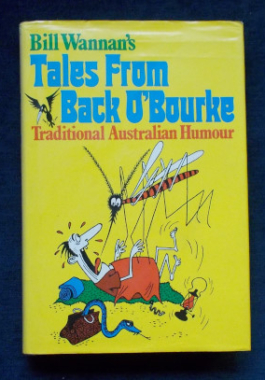 New chums, bosses and braggarts have long been traditional butts of Aussie humour, which usually relies for much of its effect on dead-pan delivery. For sheer presence of mind, take the swaggie caught by the squatter in the act of killing a sheep: 'Caught red-handed!' roars the squatter. 'Yes! And I'll kill and man's sheep that tries and bites me!' came the undaunted reply. Then there's the tall story vein of humour, like the one about the seize of the mozzies at a certain waterhole near Newcastle. The shaggy dog story is yet another favourite brand of Australian humour to be found in this entertaining collection of funny yarns and verses. Illustrated by Vane Lindesay.
New chums, bosses and braggarts have long been traditional butts of Aussie humour, which usually relies for much of its effect on dead-pan delivery. For sheer presence of mind, take the swaggie caught by the squatter in the act of killing a sheep: 'Caught red-handed!' roars the squatter. 'Yes! And I'll kill and man's sheep that tries and bites me!' came the undaunted reply. Then there's the tall story vein of humour, like the one about the seize of the mozzies at a certain waterhole near Newcastle. The shaggy dog story is yet another favourite brand of Australian humour to be found in this entertaining collection of funny yarns and verses. Illustrated by Vane Lindesay. -
 An exquisite little pocket-size book containing a wealth of information by way of prose and poetry about the meanings of flowers, the legends surrounding them and the origins of their names. Beautifully illustrated with Victoriana images and delicately scented with Penhaligon's Violets. Uncommon title.
An exquisite little pocket-size book containing a wealth of information by way of prose and poetry about the meanings of flowers, the legends surrounding them and the origins of their names. Beautifully illustrated with Victoriana images and delicately scented with Penhaligon's Violets. Uncommon title. -


Punch 1872-3 – Volumes 62-63
$95.00Punch, or The London Charivari was a British weekly magazine of humour and satire established in 1841 by Henry Mayhew and wood-engraver Ebenezer Landells. Historically, it was most influential in the 1840s and 1850s, when it helped to coin the term "cartoon" in its modern sense as a humorous illustration. From 1850, John Tenniel was the chief cartoon artist at the magazine for over 50 years. Punch became a staple for British drawing rooms because of its sophisticated humour and absence of offensive material, especially when viewed against the satirical press of the time. Yet a quick glance through this volume reveals some very sly wit indeed. -

 Three naive teenage sisters, after the death of their mother, move from a small village to try to make their way in the big city. They make many mistakes yet find help in the most unexpected places, but hanging over them - still - is the mystery of their brother who went missing as a small boy. First published in 1887. Illustrated by John. E. Sutcliffe.
Three naive teenage sisters, after the death of their mother, move from a small village to try to make their way in the big city. They make many mistakes yet find help in the most unexpected places, but hanging over them - still - is the mystery of their brother who went missing as a small boy. First published in 1887. Illustrated by John. E. Sutcliffe. -
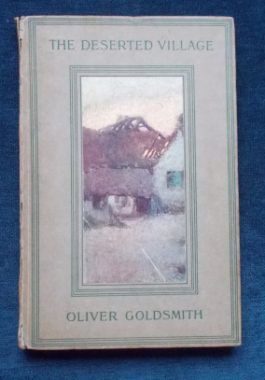 First published in 1770, this is a critique of rural depopulation and the pursuit of excessive wealth, describing the decline of a village and the emigration of many of its residents to America. Goldsmith covers the moral corruption found in towns, consumerism, enclosure, landscape gardening and the avarice of the wealthy who take the land for their own pleasures and business whilst the poor who worked the land and lived off the land must go to pastures new. Illustrations by W. Lee Hankey.
First published in 1770, this is a critique of rural depopulation and the pursuit of excessive wealth, describing the decline of a village and the emigration of many of its residents to America. Goldsmith covers the moral corruption found in towns, consumerism, enclosure, landscape gardening and the avarice of the wealthy who take the land for their own pleasures and business whilst the poor who worked the land and lived off the land must go to pastures new. Illustrations by W. Lee Hankey. -
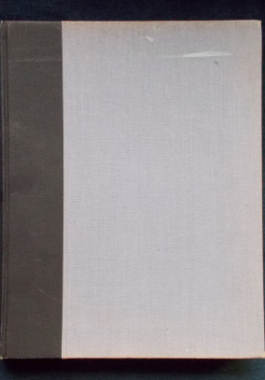
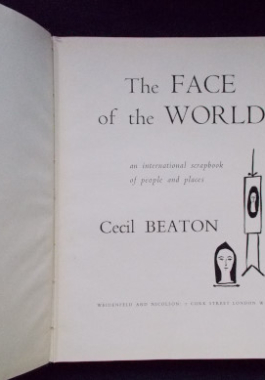 Cecil Beaton travelled the world, photographing the changes and signs of recovery that took place post World War II and of the active talented people from the fields of art, politics and literature who were responsible for much of the tone, tenor and societal change in that decade. Beaton describes his book as a 'pot-pourri' of pictures and texts '...gathered together in the hope of creating some sort of impression of what might be called a decade of revival.' Illustrated with sketches and photographs by Cecil Beaton.
Cecil Beaton travelled the world, photographing the changes and signs of recovery that took place post World War II and of the active talented people from the fields of art, politics and literature who were responsible for much of the tone, tenor and societal change in that decade. Beaton describes his book as a 'pot-pourri' of pictures and texts '...gathered together in the hope of creating some sort of impression of what might be called a decade of revival.' Illustrated with sketches and photographs by Cecil Beaton.


